I‘m taking a walk through central Mumbai with Rizwan, who switched from smoking tobacco to vaping, then turned vape seller. He’s far from alone in this, after India banned vapes in 2019. Vape converts have become advocates who then, under prohibition, supply to others what they say saved their own lives.
We walk past a cafe. At the end of a pristine lawn, a man in an orange kurta is bent over, washing large green leaves under a tap. Rizwan wants me to see, and asks the man to show me. “This is paan,” Rizwan says.

Spices, nuts and tobacco are rolled in a betel leaf. It’s for the cafe, the man tells us. Paan is a common form of chewing tobacco in India, Rizwan explains; it goes back centuries, but discolors your mouth and can cause oral cancers.
We walk through a shiny shopping mall. This is modern India, and stores I recognize include Body Shop and Zara. Rizwan stops to pull a photograph from his wallet. It’s his mother. She died from womb cancer a few years ago. The photo is her ID card from the Tata Memorial Hospital in Mumbai, where she was treated.
“I stopped smoking when I lost my mother to cancer,” he says.
“I saw truly horrible things in that hospital.”
He was reluctant to stop for a long time. Before his mother’s death, Rizwan, now in his 50s, smoked cigarettes and used gutka, a form of chewing tobacco similar to paan. While in hospital, his mother would tell him to quit. To keep the peace, he said he would, knowing he wouldn’t.
But the time he spent in the cancer ward changed him. “I saw truly horrible things in that hospital. People with rotten mouths; people who had parts of their tongue cut out, all because of smoking.” People, he says, were decaying in front of him, suffering drawn-out, painful deaths.
“My mother said this will be my fate if I don’t stop using tobacco. Look at these people, she’d say; they had to sell their possessions to get this cancer treatment.”
As we continue through the shopping mall, Rizwan tells me he wants to take me to that hospital before the end of the afternoon. It’s a big part of his life story—because of his mother, and because what he saw there finally convinced him to quit.
Before the hospital, Rizwan is going to take me to Dharavi: a part of Mumbai where 1 million people live in low-rise dwellings, packed into an area of less than 1 square mile. With an informal economy and much poverty, Dharavi is often referred to as one of the world’s largest “slums.”
The neighborhood is a ride away in a tuk-tuk, a kind of three-wheeled auto rickshaw. The driver has a plastic box of tobacco in front of him—something I’ve noticed is common among tuk-tuk drivers here.
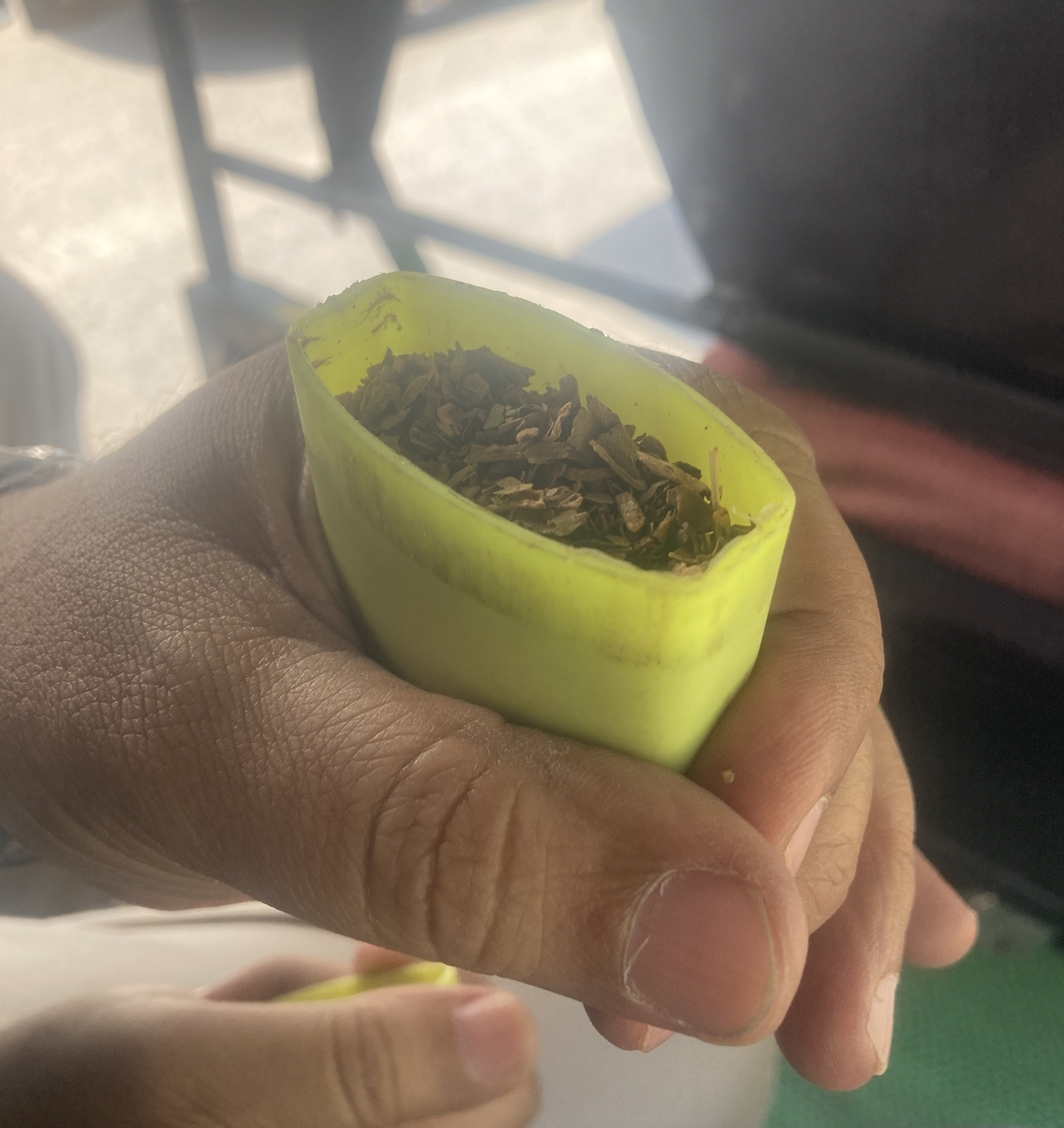
As we travel through crowded streets, he puts some tobacco onto his palm. He mixes it with a white powder, also from the box. It looks like chalk to me, but I’m told it’s slaked lime. You roll it together and put it in your mouth, where it can stay for up to an hour before you spit it out. The combination is known as khaini, yet another popular form of oral tobacco.
“What can you do? What will be, will be.”
Rizwan points at a red splodge on the ground as we pass. This is what it looks like when it’s spat out. I recognize it; I’ve seen it everywhere in Mumbai.
We ask the driver if he’s ever considered quitting tobacco, or if he worries about what it could do to his health. He laughs awkwardly, as if it’s a trick question, then shifts his shoulders. “What can you do? There’s a lot of tension in my job. What will be, will be.”
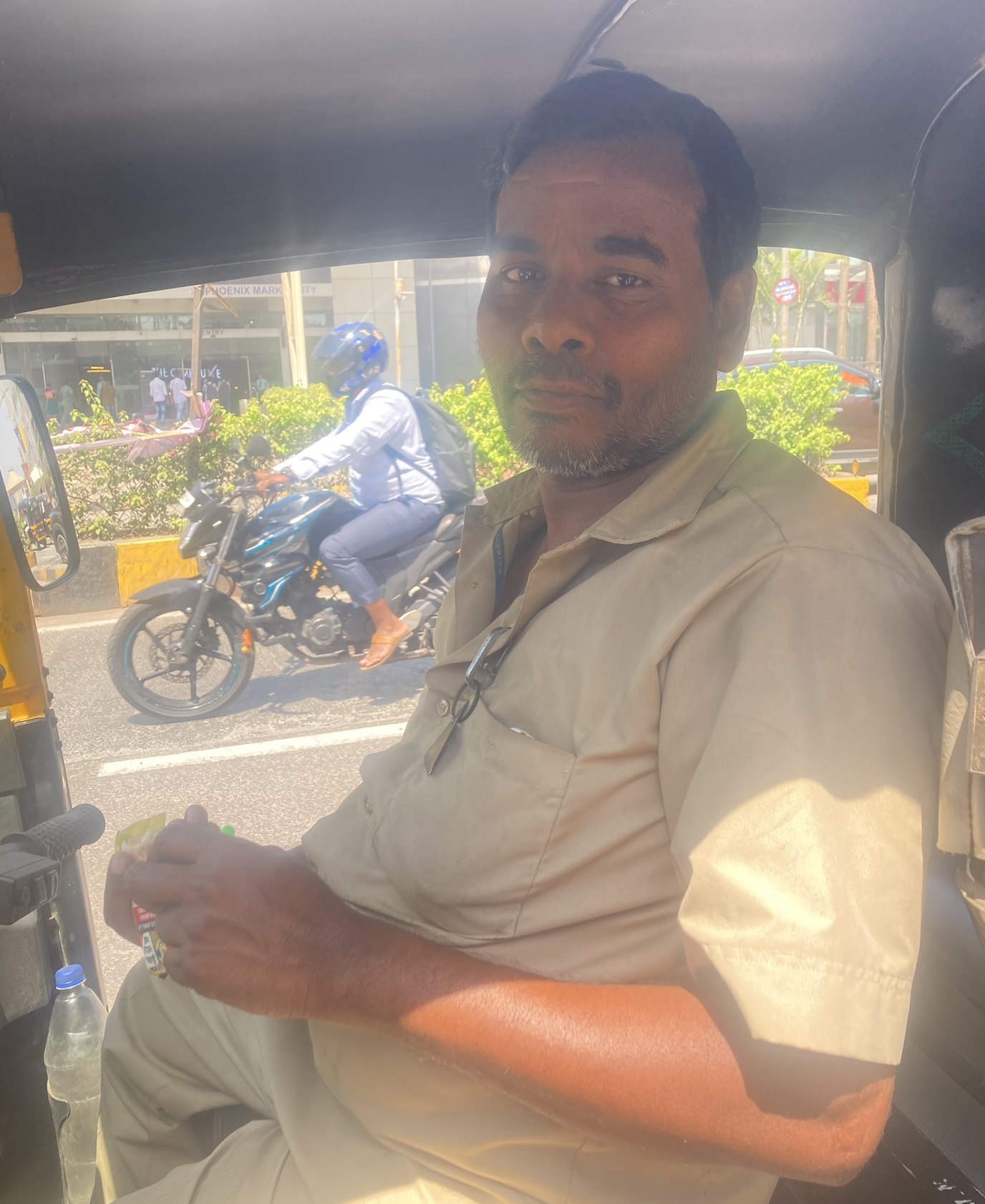
When Rizwan decided to quit, he first tried the smoking-cessation medication Champix, among other pharmaceutical options. They didn’t work. But an uncle had previously swapped cigarettes for nicotine vapes, and he gave one to Rizwan.
Rizwan says he’s never smoked or used gutka since. “Everything’s better now since I quit; my family’s happy, my oral health has improved, and I have much more stamina. I never want to go back to smoking. Vaping saved my life.”
We reach Dharavi, and it might as well be a different world from the shopping mall we left earlier. The buildings are ramshackle, the spaces cramped and bustling. A little shop is selling pastries. As we make our way across the street, I step over a large dead rat, surrounded by flies.
“I’ve seen the damage vaping does on TikTok and YouTube.”
Rizwan and I sit down and order bottled water. The shop is run by a mother and her son, who smile and welcome us.
He’s 20, and is smoking a bidi—unprocessed tobacco rolled in a leaf, with no filter. Has he ever vaped? He tells us he wouldn’t consider it, because it’s banned. Vaping is worse than smoking, he continues. “It wouldn’t be banned otherwise. I’ve seen the damage it does on TikTok and YouTube.”
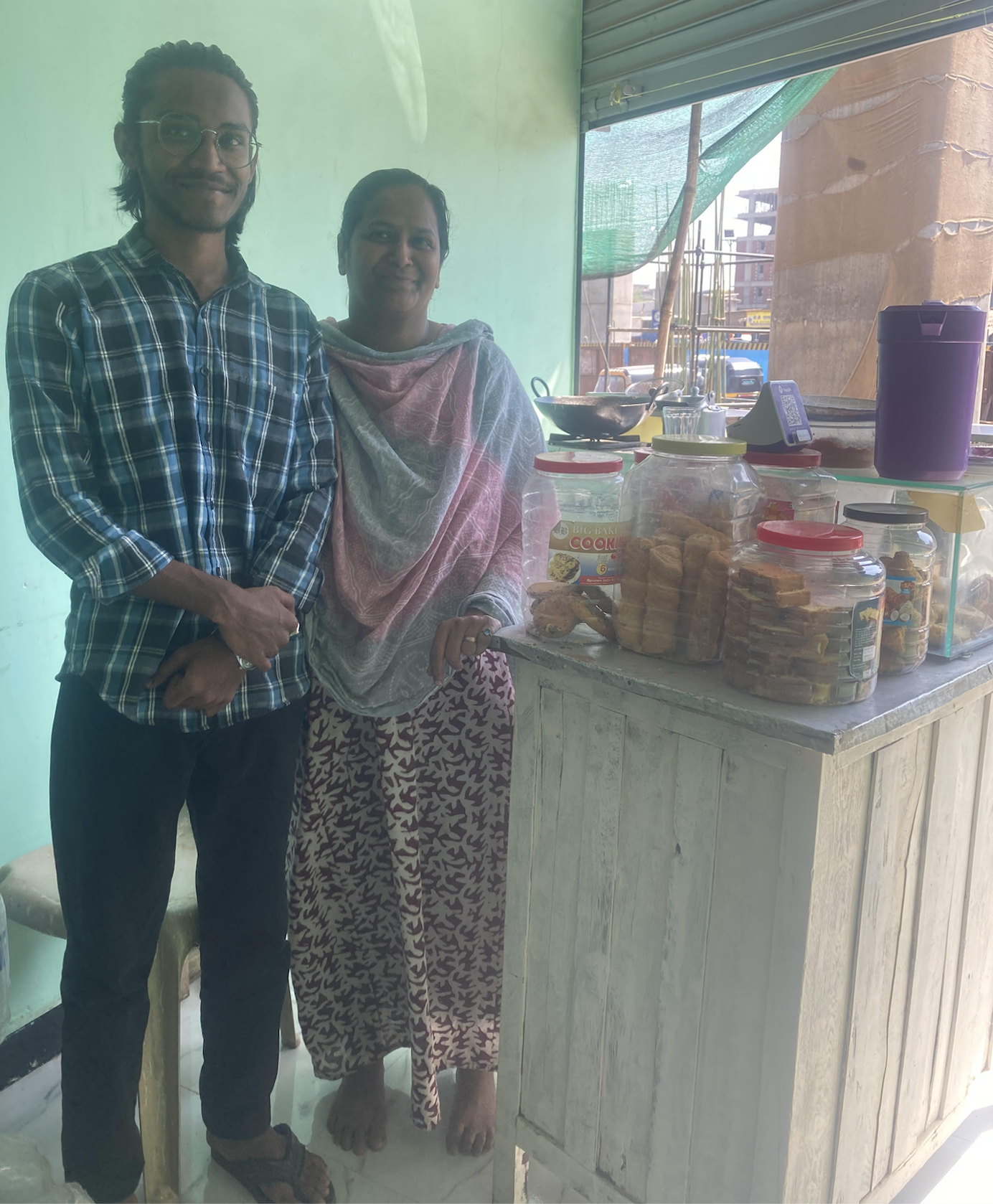
“You shouldn’t believe everything on social media,” Rizwan responds—though the young man’s assumption, based on the policies of his government, is natural enough. Rizwan works to help him question his perspective, explaining his own quitting journey and some of the science around vaping. The young man is not convinced.
We walk on through Dharavi, and meet a charming lady called Asha. She’s using processed tobacco, rubbed on the gums. It’s called masheri. She can’t remember when she started using it, she tells me. Her mother used it, too.
“It’s God’s will, if he wants to take me.”
Overall rates of tobacco use are much higher among men in India, but I’m told that masheri is especially popular among women. Besides the usual effects of nicotine, it may also serve another purpose. When many people in Dharavi rely on communal toilets, being able to control the timing of your bowel movements is important.
As Rizwan and I speak with Asha, she tells us she’s not afraid of any damage she may be doing to her health. She points upwards. “It’s God’s will, if he wants to take me.”
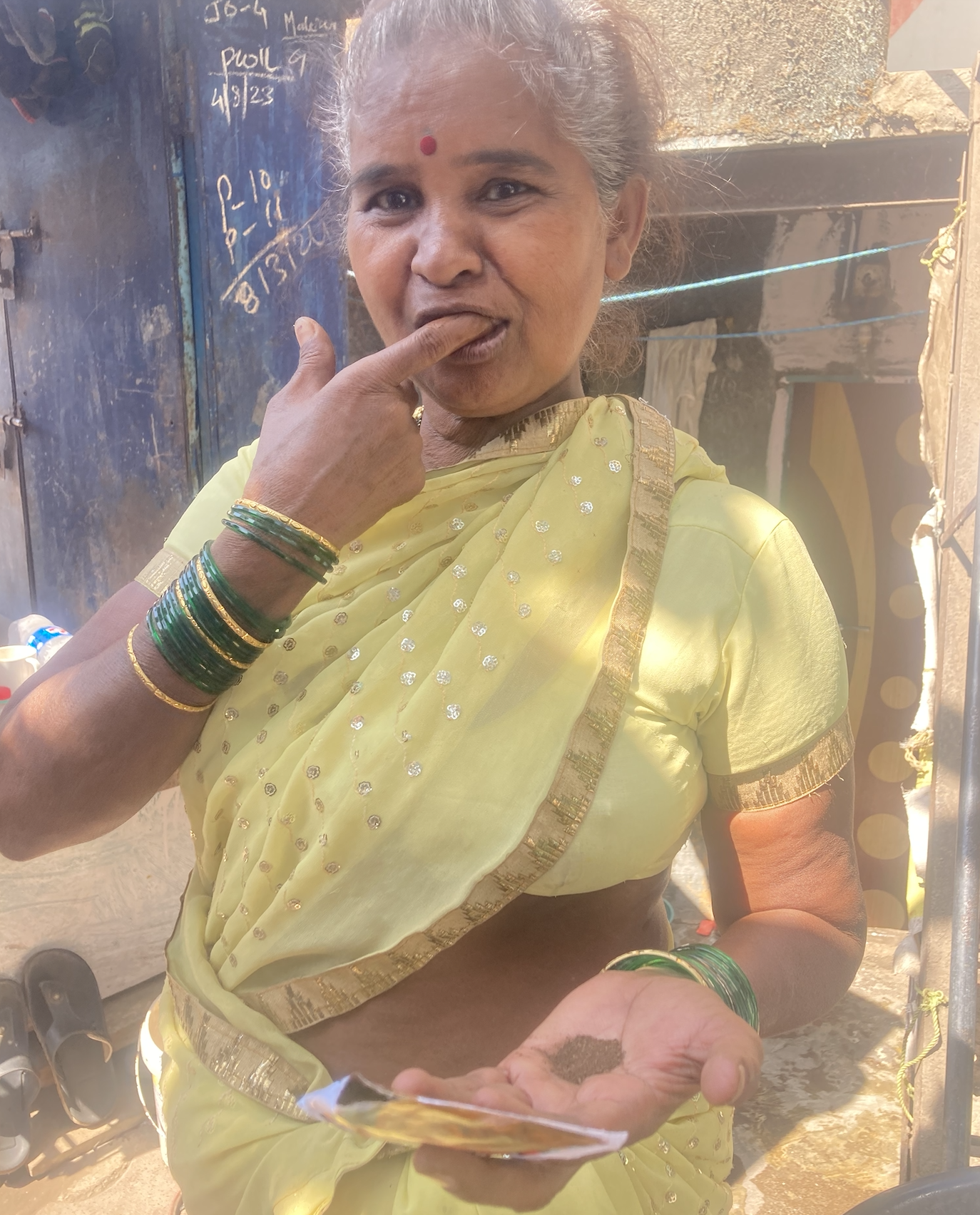
Down the street, we meet Narzin, a 55-year-old shopkeeper. From his tiny space, he sells drinks, snacks and tobacco in many forms.
Rizwan shows him his vape, and Narzin doesn’t recognize what it is.
In the heat of the day, the smell of sewage, pooled next to the shop, hangs in the air. Perhaps it’s one factor in why Narzin smokes, which he tells me he’s been doing since 1985.
Rizwan shows him his vape, and Narzin doesn’t recognize what it is. He doesn’t know about vapes. We discuss the dangers of smoking, and Narzin expresses some interest in using a safer nicotine product. Rizwan tells him about Tata Hospital, and his journey to using something less harmful: “There’s not one person in the cancer ward that has cancer from using e-cigarettes.”
Narzin tells us that he has already had a stay at the hospital. He comes out in front of his shop to show us, and lifts his shirt to reveal a huge scar down the side of his abdomen. He damaged his kidney, he explains, after years of drinking homemade alcohol.
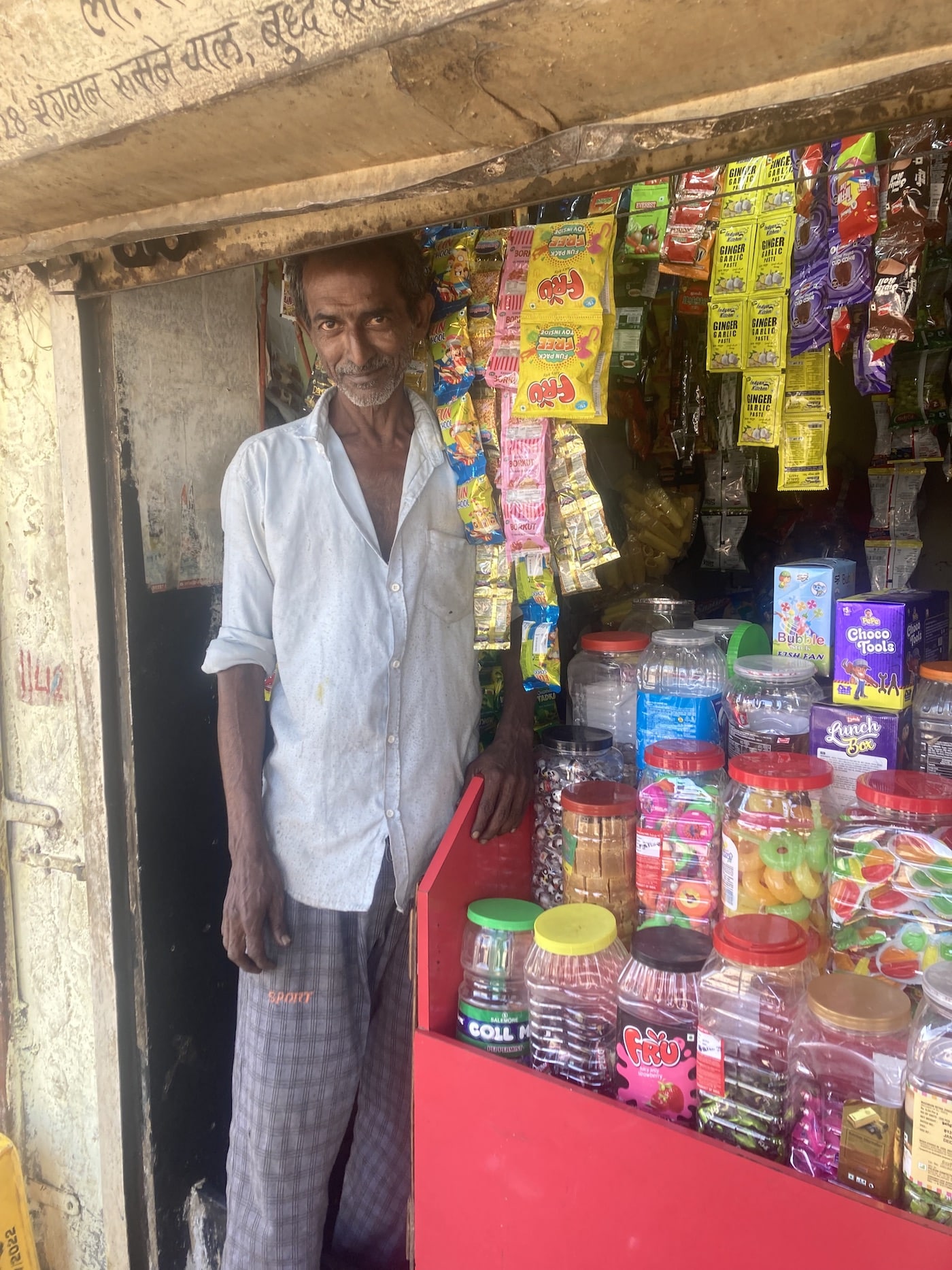
“You’re still smoking your bidis after your operation?” I ask. Narzin is very open to talking about it, but he feels that because he’s had his surgery and all went well, he’s fine to carry on smoking. We can’t convince him otherwise.
Dharavi is full of energy and enterprise, and hosts a myriad of micro industries. It’s said that 60 percent of Mumbai’s plastic waste is recycled here. But there’s no health and safety. A woman mixes bleach and detergent in a plastic oil drum, stirring the liquid with her bare hands—no gloves. A man sharpens blades on a grinding wheel, with no eye protection from the sparks.
Basic needs like sanitation, health care and housing are not met in Dharavi, so where should the conversation start?
The more harm reduction is needed, it seems, the less accessible it is. In other environments, I’ve often found that people who are suspicious of safer nicotine products can start to get it when you compare tobacco harm reduction to harm reduction in other forms. But in Dharavi, as Rizwan confirms, it’s a less useful comparison: Basic needs like sanitation, health care and housing are not met here, so where should the conversation start?
It’s well-established that lower-income populations, and countries, smoke more than their richer counterparts. But harm reduction has never felt like such a luxury to me as during my visit to Mumbai. The inspiring tobacco harm reduction advocates I’ve met here are middle-class people, with education, money and choices. Standing in the middle of Dharavi, where I met lovely people that day and on a second occasion, those things felt far away.
Many of Dharavi’s problems may not have easy solutions. But the problem of India’s vape ban—and the message this sends to Dharavi, to the tuk-tuk drivers and to other Mumbaikars who use tobacco—is gratuitously self-created.
Of the other harm reduction options, heated tobacco products are also banned. Nicotine replacement therapy (NRT) is available, and was added to the National List of Essential Medicines in 2022. But nicotine pouches, which could potentially make a big difference in a country with so much oral tobacco use, were not. Purely medicalized options would be no answer, but again, messaging matters.
To a large degree, it seems India’s government—a stakeholder in the country’s biggest tobacco company—just wants people to quit or die. Its policies are predicated on the reversible choice made by people who use tobacco, yet remove other choices they could have.
“We’re fighting with giants.”
Nicotine can play important roles for people who have little else, as Mumbai showed me. I don’t think I’d feel comfortable exhorting a tuk-tuk driver, for example, to just quit the tobacco he enjoys, and which helps him get through a grueling work week, without being able to offer him viable, safer nicotine alternatives.
One thing many tobacco users here seem to share is an attitude of resignation about their health: Their fate is left to the gods. This frustrates Rizwan, who is trying to tell people that better options really exist. Powerful forces have convinced them otherwise: “We’re fighting with giants.”
Rizwan and I spent so long speaking with people in Dharavi that we never made it to the hospital. But that cancer ward stayed with us all day. Rizwan’s deeply emotional commitment to spreading the word about harm reduction is driven, I have no doubt, by his experiences at Tata and a determination to spare others what he saw.
Photographs by Kiran Sidhu
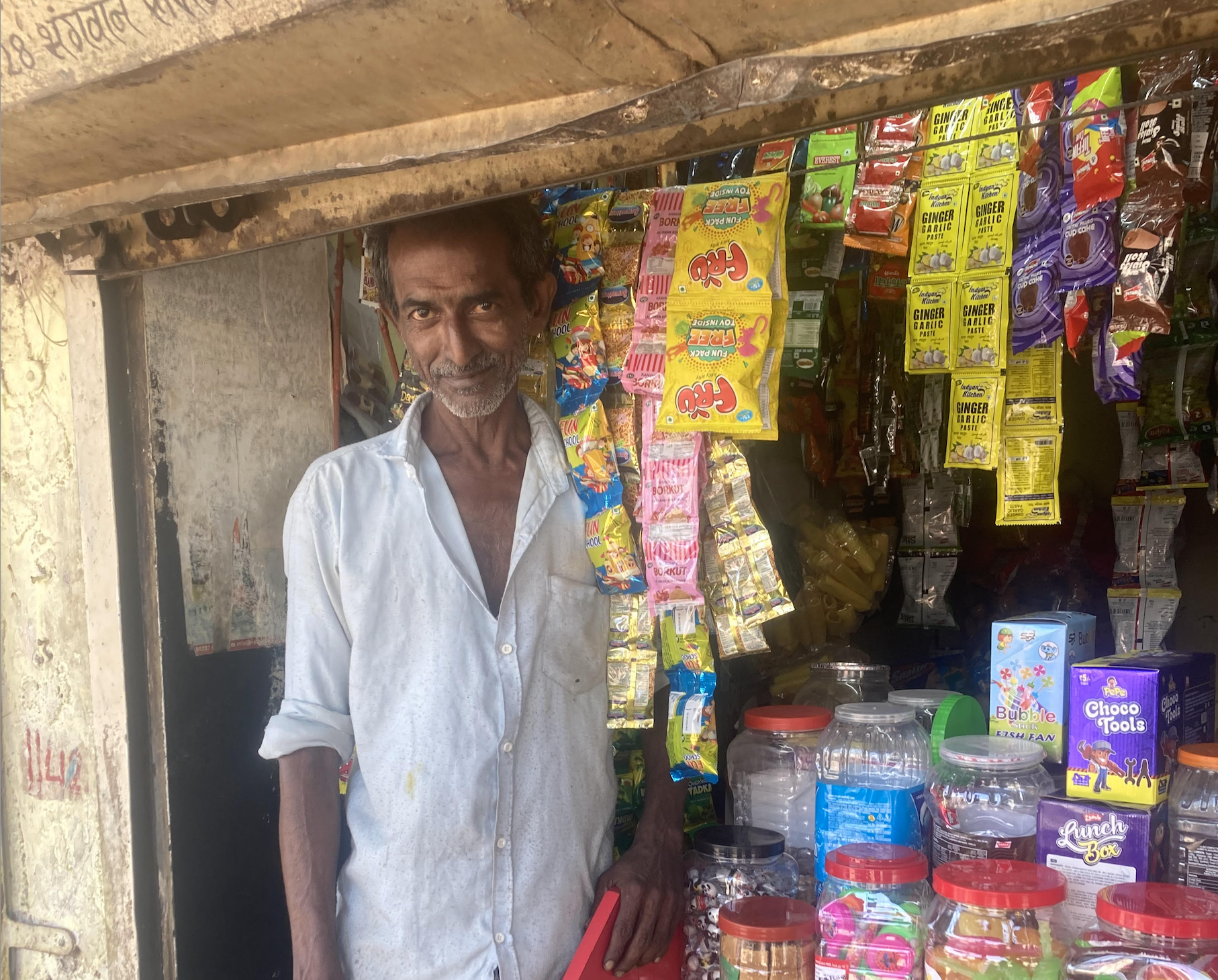




Show Comments